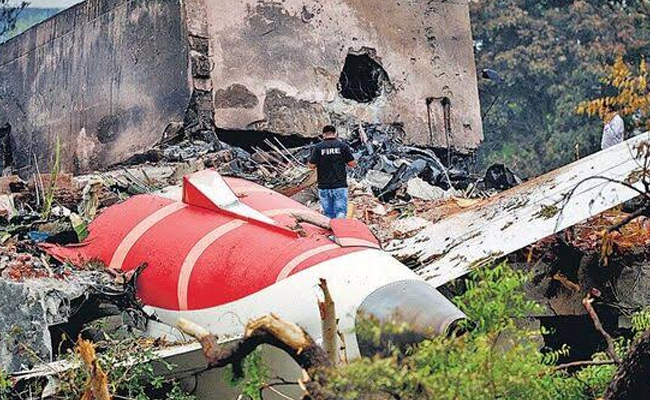
India News

Usually, whenever an accident occurs, an investigation committee is immediately appointed. That committee thoroughly examines all aspects and presents a report. The cause of the accident is typically clearly stated in that report. However, the report on the Air India flight crash in Ahmedabad lacked such clarity.
Instead of identifying the actual reasons behind the tragic incident that claimed 241 lives, the report merely reiterated the suspicions already raised by the general public and the media. It failed to explain the exact conditions and causes that led to the disaster. While it did reveal a few facts, it also left behind a trail of unanswered questions.
The Aircraft Accident Investigation Bureau (AAIB), in its report on the Ahmedabad air crash, clarified certain things: the crash was not caused by a bird strike, and there was no terrorist involvement. However, it did not explain how exactly the accident happened. The report emphasized that it was only a preliminary investigation.
Both engines of the aircraft shut down within a span of a few seconds. The fuel control switches that supply fuel to the engines suddenly stopped functioning. Upon noticing this, the main pilot questioned the co-pilot loudly, asking, “Why did you switch off the engine?” To this, the co-pilot replied that he did not switch anything off. This conversation was clearly recorded in the black box. Immediately after that, the pilot shouted, “Mayday... Mayday... Mayday,” three times.
Within just 32 seconds of fuel supply stopping, the aircraft crashed. During those 32 seconds, the pilots attempted to restart the aircraft. One engine restarted successfully, but the other failed to respond. As a result, the plane descended rapidly toward the ground. Since one engine could not generate enough power, the pilot shouted, "No thrust!" Moments later, the crash occurred. Everyone on board was burnt to death—except for one survivor.
Now, regarding the 15-page preliminary report: the committee concluded that the accident occurred due to the sudden stoppage of both engines. However, it did not clarify why the fuel control switches failed. The pilot was heard shouting about the lack of thrust, yet the black box data showed that thrust was present. The committee did not explain this contradiction.
Both pilots were experienced and in good physical and mental health. Therefore, the report ruled out human error. But it still failed to explain where the actual fault lay. This wasn’t just another aviation accident—this was one of the worst tragedies in India’s aviation history. Such incidents demand an impartial and transparent investigation. Otherwise, not only could India’s reputation on the global stage suffer, but the aviation sector itself could face a serious setback. Already, there are reports suggesting a decline in flight occupancy across the country.